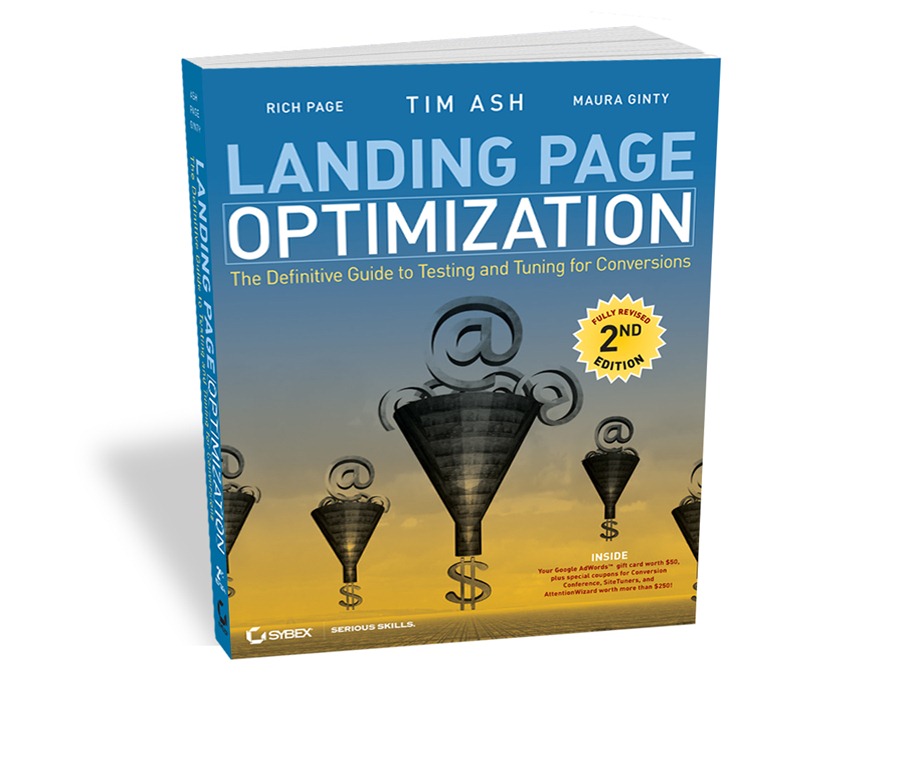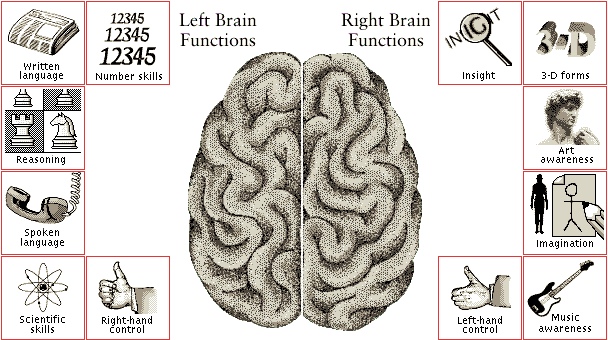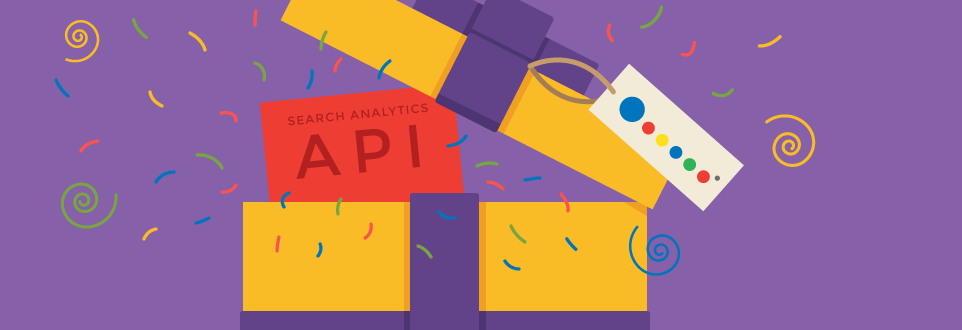In today’s blog, I want to talk to you about an important element of your SEO marketing campaign – your landing page. It is no longer enough to create a great-looking, search engine-optimized landing page today, whether you’re working on an inner page of your website or a separate silo page. You need to think about the behavior of your target audience when developing landing pages. Here are a few tips you can start with based on our own experience.
Prioritize User Experience

- What elements do users want to see on a page?
- What are the current marketing trends that they buy into?
- How will I communicate the brand message effectively in the landing page?
- How will I lead the readers from one element of the page to another, all the way to my call to action?
By answering each question carefully, you can choose the basic elements that will make your visitors’ browsing experience better. I’ve discussed some of these elements in my previous blog, but they are worth mentioning again to reiterate their importance.
Apply Neuroscience to Your Strategy

Trigger the Left-Brain

Create Catchy Headlines and Subheadings

Explain the “Why” before the “What” and the “How”
People buy into why you do something, not what you have to offer or how you implement it. They want to know what drives you to provide your products or services, and they want answers that are relevant to their current stories. Practice brand storytelling for each landing page you create, and tell narratives that are honest, relevant and compelling. Start with why you do what you do, then move on to what it is you offer, and how you will fulfill your customer’s needs. For example, cosmetic surgeons can add their mission and vision in the content of their website when doing plastic surgery SEO. This provides their target audience a clear idea of the type of service they can receive from their surgeons.
Reflect Your Brand Personality

Let’s say you’re building a website for chiropractors. Make sure the value propositions are clear on every page. This can also provide you with a clear idea of how content should be structured when doing chiropractor SEO.
Make Silo Pages
In the previous blog, I discussed the importance of silo pages for converting SEO traffic into revenue. If you have a topic that deserves its own page, create one, and make this your landing page. Silo pages enable you to target different segments of your market, providing them the specific information they seek. You have to plan your silo pages carefully because this is easily spammable. Group your keywords thematically and use them sparingly in one silo page, and keep your content direct and relevant to the topic. Make sure you only talk about what your customers are exactly looking for to avoid being tagged as spam. Remember that silo pages also add to your link profile, so keep them clean and follow the guidelines set by Google and other search engines.
Add Clear and Direct Calls to Action

Add Trust and Credibility Signals
Because of information overload, clients are meticulous when selecting providers. They want to see trust signals like testimonials and logos of companies you’ve collaborated with so far. Encourage your loyal customers to share reviews of your service, and feature these in your landing pages. These reviews will give your visitors an idea of what it will be like to work with you, and how effective your services are in their industry.
Contact your account manager today or view our product line-up to learn more about making your landing pages effective by incorporating buyers’ psychology. Sign up for a free account and become our partner today to get started!

